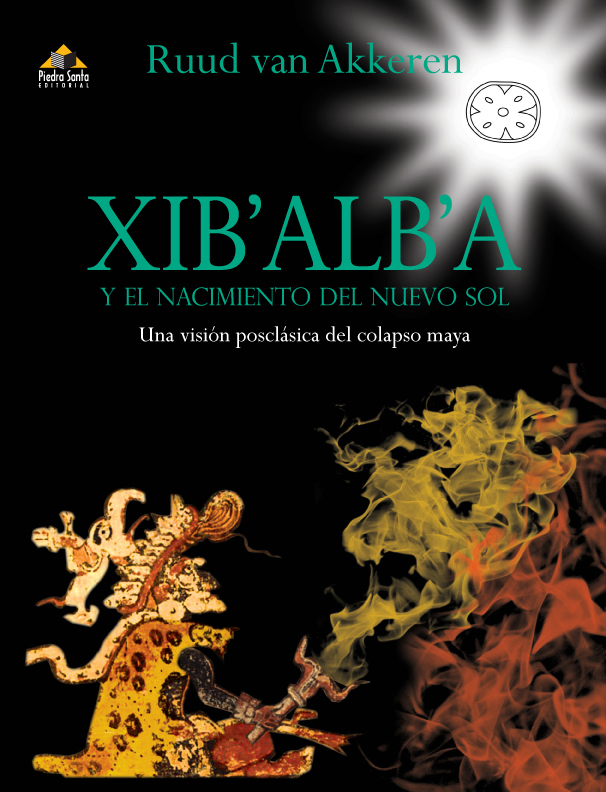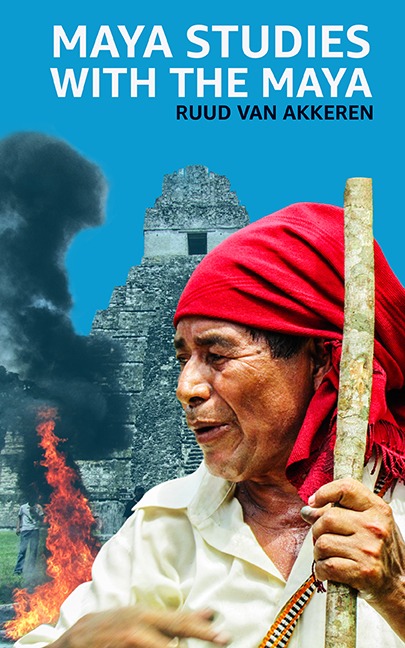Al final del Clásico, en la costa del Golfo de México – Tabasco y Campeche – se formó una nueva élite mercantil, la que estuvo integrada por linajes teotihuacanos, mayas, olmeca-xicalancas y nonoalcas. Dicha élite difundió la nueva ideología mercantil surgida de dos complejos mitológicos y dos expresiones rituales, la que se puede sintetizar en los vocablos Tullan, herencia teotihuacana, y Tzuywa, que probablemente se remonta a tiempos olmecas. El protagonista del complejo Tullan era el Héroe Solar, cuyo rito central fue el Fuego Nuevo. El protagonista del complejo Tzuywa fue el Héroe del Maíz, y su expresión ritual, el Juego de pelota. Reduciendo ambos complejos a solo dos glifos, se llegaría a k’in, ‘sol’, que es blanco y masculino; y a k’an, ‘amarillo’, el color del maíz, que es femenino.
Los portadores de esta nueva ideología – llamada justamente Tullan-Tzuywa, en el Popol Wuj – cambiaron las rutas de comercio y fundaron nuevos centros, lo que unos cien años después provocó el final de la cultura clásica maya. La ciudad epítome de esa ideología fue Chich’en Itza. Entre sus fundadores, está el linaje Kanek’, dedicado al comercio de la sal. Dicho linaje fue dueño de las minas de Salinas de los Nueve Cerros. Los Kanek’ son los antecesores del linaje Kaweq, autores del Popol Wuj y del mito de Xib’alb’a que es, quizás, la expresión más idiosincrásica que tenemos de esa nueva ideología mercantil. El ámbito de esta ideología es el inframundo, sede de las deidades de los mercaderes.
“Si hablamos del simbólismo detrás de la transición calendárica de 2012, hay pocos testimonios que reflejan el pensamiento maya tan profundamente como el mito de Xib’alb’a en el Popol Wuj. Xib’alb’a y el nacimiento del nuevo sol es una búsqueda del origen de esta épica. Ciertamente, el manuscrito está escrito en k’iche’ y fue encontrado en Chichicastenango, sin embargo, encontramos que el mito nació en el norte de Alta Verapaz y el sur del Petén. Bien puede ser una sorpresa, pero coincide con el hallazgo del linaje Kaweq que produjo la obra, el cual se originó en la misma región.”




